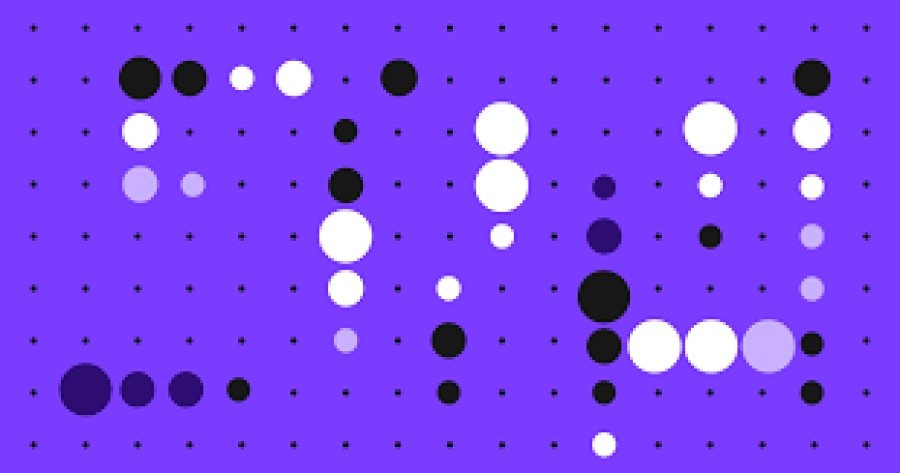How to Build a Full-Stack App with Laravel and React
In today’s dynamic web development landscape, full-stack frameworks are evolving rapidly to meet the growing demand for speed, performance, and scalability. One of the most powerful combinations gaining popularity in 2025 is Laravel for the backend and React for the frontend. Laravel, a robust PHP framework, brings elegant architecture and security features to the server side, while React, a JavaScript library, powers interactive and fast user interfaces.
Whether you're a freelance web developer or part of a tech startup, learning how to build a full-stack app using Laravel and React can be a game-changer for your workflow. On FreelancerBridge, we explore how these two technologies complement each other and walk you through everything you need to know — no code, just clear strategy and best practices.
Long Description
Why Combine Laravel and React?
Before diving into the full-stack process, let’s explore why Laravel and React are such a compelling duo in 2025:
🔒 Laravel offers robust security features out of the box, including CSRF protection, authentication scaffolding, and secure routing.
⚡ React provides a dynamic, fast-rendering UI that creates seamless user experiences across devices.
🛠️ API-driven development is now standard, and Laravel makes it easy to build RESTful APIs, which React can consume.
🌐 Separation of concerns: Backend and frontend can be managed independently, allowing faster development cycles.
🧑💻 Large community support and documentation for both technologies.
1. Project Planning and Architecture
Start by outlining your application's purpose and functionality:
What features are required? (e.g., user authentication, dashboards, file uploads)
What roles will users have? (admin, user, guest)
How will data flow between backend and frontend?
📌 Planning your architecture ensures a clean, scalable structure for future updates.
2. Setting Up Laravel as Your Backend
Laravel will serve as the core of your backend, responsible for:
Handling business logic and database operations
Creating RESTful APIs for data interaction
Managing user authentication and middleware
Implementing queues, email notifications, and validation
Laravel's Eloquent ORM simplifies working with databases, while its built-in routing and MVC pattern help maintain code clarity.
3. Building a React Frontend
React acts as the presentation layer, connecting with Laravel’s backend APIs.
Frontend responsibilities include:
Creating reusable UI components
Managing state (using React Hooks or a state library like Redux)
Calling Laravel APIs to fetch or send data
Handling user interaction, form submission, and navigation
In 2025, React continues to evolve with advanced features like Server Components, making it ideal for dynamic interfaces.
4. API Integration Between Laravel & React
Laravel and React communicate via HTTP APIs. Here’s how they work together:
Laravel exposes endpoints (e.g., /api/users, /api/posts)
React makes AJAX calls using fetch or Axios
Laravel responds with JSON data
React updates the UI based on responses
This decoupled architecture allows both layers to be updated or scaled independently.
5. Authentication & Authorization
User management is a core feature in any full-stack app.
Use Laravel’s Sanctum or Passport for API authentication
Store tokens on the frontend securely (usually in HTTP-only cookies or secure storage)
Restrict frontend routes in React based on user roles or login state
Security should be a priority from day one.
6. Database Design & Relationships
With Laravel’s Eloquent ORM, designing your database becomes intuitive.
Consider:
One-to-many (e.g., users and posts)
Many-to-many (e.g., users and roles)
One-to-one (e.g., user and profile)
Use migration files to structure and version your database schema.
7. State Management in React
React needs to handle UI state and data from the Laravel backend.
Options:
Use built-in Hooks (useState, useEffect, useContext)
For larger apps, use Redux, Zustand, or Recoil
React Query (TanStack Query) is popular for API state caching and synchronization
This improves performance and provides smoother user experiences.
8. Testing and Debugging
Never launch without proper testing.
In Laravel, use PHPUnit and Laravel Dusk for feature testing
In React, use Jest and React Testing Library
Perform manual testing for responsiveness and real-world usage
This helps prevent bugs and ensures scalability.
9. Performance Optimization
To ensure a great user experience:
Optimize Laravel APIs using caching, eager loading, and queue jobs
Use React lazy loading and code-splitting
Minify and compress static assets
Implement lazy image loading and efficient data fetching
SEO and load speed are crucial in 2025 for both users and search engines.
10. Deployment Strategy
Once your app is ready, it’s time to launch:
Deploy Laravel on VPS hosting or platforms like Render, DigitalOcean, or Laravel Forge
Deploy React via Vercel, Netlify, or integrate it directly in Laravel using Vite
Set up CI/CD pipelines for automatic testing and deployment
Configure SSL certificates, environment variables, and error logging
Make sure both backend and frontend are served securely and efficiently.
Best Practices for Full-Stack Laravel + React Apps
✔️ Keep frontend and backend in separate folders or repositories
✔️ Follow RESTful API design principles
✔️ Use modular code to improve readability and reusability
✔️ Document your APIs and frontend components
✔️ Keep your UI mobile responsive and accessible
✔️ Prioritize security, scalability, and performance
Conclusion
The combination of Laravel and React brings together the best of both worlds — a powerful backend with elegant PHP syntax and a dynamic, modern frontend built with JavaScript. By mastering these technologies in 2025, you can build scalable, secure, and responsive full-stack applications for any use case.
On FreelancerBridge, our mission is to empower developers and freelancers with practical, real-world knowledge that enhances their skills and careers. Whether you're building your first project or scaling your startup’s app, this Laravel + React stack is one of the smartest choices you can make in the current tech landscape.


 by Emily
by Emily




